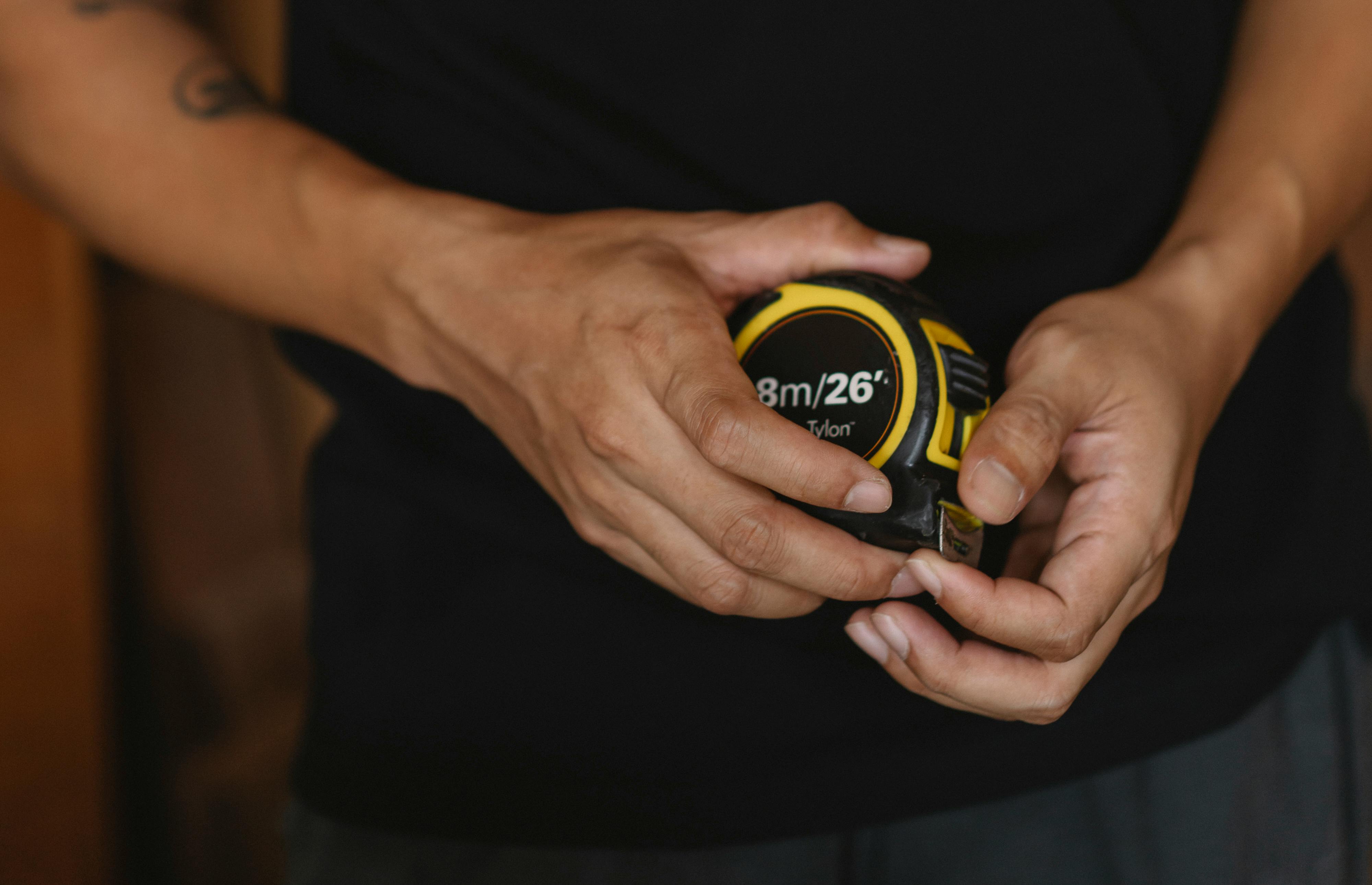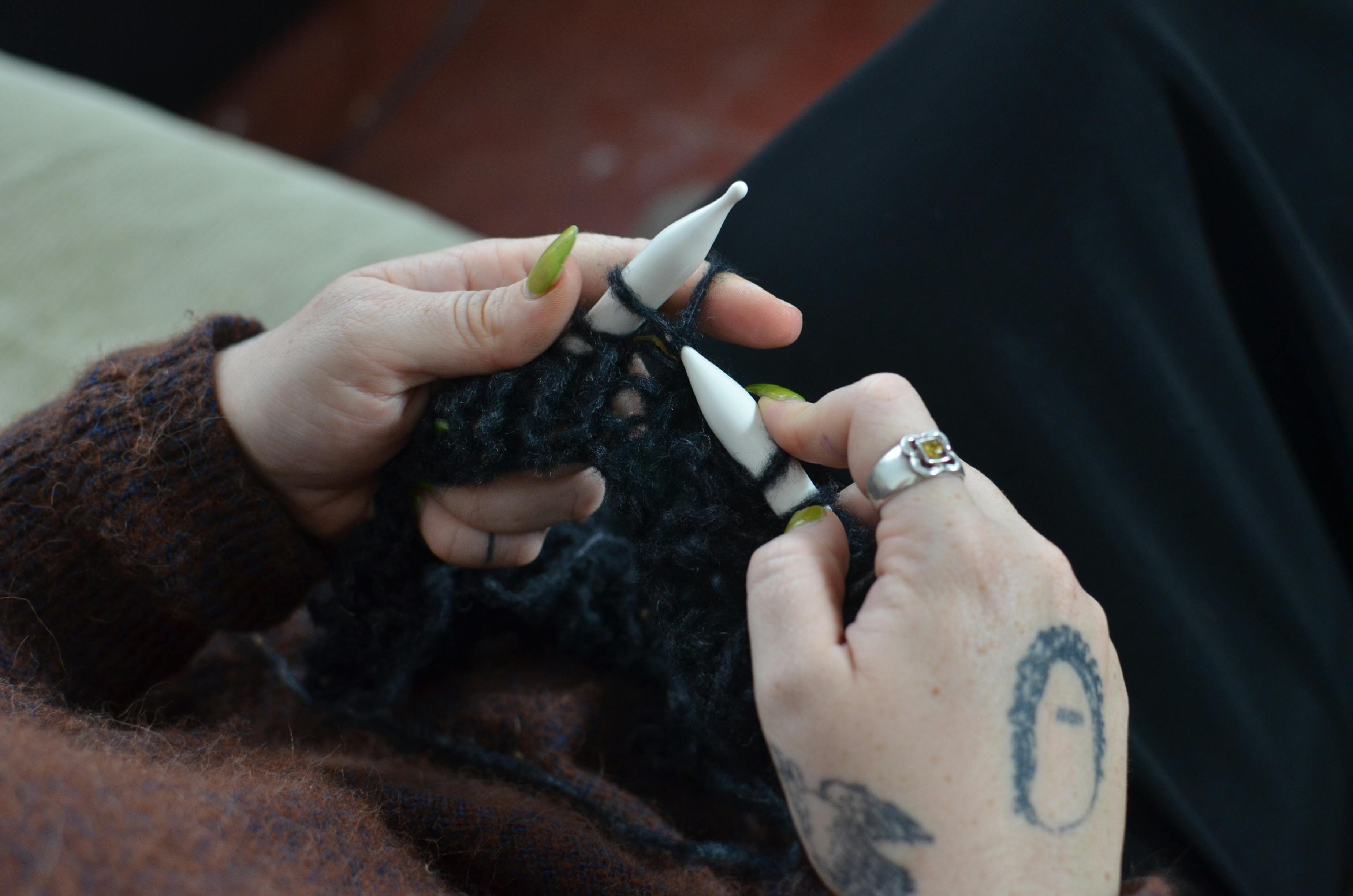Sometimes life can get so busy that we forget to breathe and make ourselves a priority. The stress of being on top of everything can take a toll on our skin, and nothing looks worse than dull, tired skin. If you want to look and feel your best, you need to find time to stick to a skincare routine.
1. Cleaning (daily, morning and night)
No matter how tired you feel at night, never go to bed with your makeup on. Use a gentle makeup remover and make sure not to rub or pull on the skin. You should clean yourself even if you don’t wear makeup, to get rid of the daily dirt accumulated on your skin. Apply cleanser with fingertips and massage onto face and neck in circular motions. Wipe it gently with a damp cloth. Rinse your face with lukewarm water and gently pat dry with a soft towel.
2. Tone (daily, morning and night)
A toner is essential in a good skin care routine. It does so many wonderful things for your skin that you won’t want to miss it! Among other things, it balances the skin’s pH, helps keep pores clean, prevents the formation of blackheads and minor pimples, hydrates, and removes traces of makeup.
3. Moisturize (daily, morning and night)
Moisturizers are definitely a must, especially during cold weather. For the day, use a light cream containing moisturizing and anti-aging oils, such as Pomegranate, Argan, Red Raspberry, Meadowfoam, Rosehip, which will nourish aging skin and reduce the appearance of wrinkles by replenishing and protecting the moisture barrier. of the skin. Certain plant extracts such as Centella Asiatica, Rosehip, Gingko Biloba, Sea Buckthorn will enhance the cream’s ability to hydrate and revitalize the complexion, promote elasticity and protect the skin against the abuse of the elements. For maximum hydration, choose a cream that contains hyaluronic acid (ideally in its salt form, sodium hyaluronate, which is more easily absorbed by the skin). Hyaluronic Acid/Sodium Hyaluronate is the most effective moisturizer ever discovered and has the extraordinary ability to attract and retain up to 1,000 times its weight in moisture. Its moisture retention characteristic is exceptionally important for aging skin, which loses the ability to retain a balanced amount of moisture. Your skin will look and feel healthier, younger, firmer, and more radiant.
At night, apply a rich cream or oil serum after cleansing and toning. According to researchers at the University of California-Irvine, new skin cells grow faster while you sleep, so a good nighttime facial routine should be a high priority. Look for products that contain Avocado, Macadamia, Jojoba, Tamanu, Sacha Inchi, Shea Butter or Mango oils, which will nourish and repair your skin while you sleep.
4. Exfoliate (weekly)
Exfoliation is a way to deeply cleanse, remove dead skin cells and refine the skin’s texture, revitalizing the complexion and stimulating cell regeneration. It is recommended to exfoliate once or twice a week. If you have sensitive skin, you can exfoliate once every two weeks to start. Be sure to choose a facial scrub that isn’t too harsh for your skin and gently apply it in a circular motion to your damp face, then rinse thoroughly with lukewarm water.
5. Apply a facial mask (weekly)
A facial mask goes hand in hand with exfoliation. For best results, use a mask every time you exfoliate. Spread the mask evenly over your face, leave it on for about 10 minutes, then rinse thoroughly. You don’t have to buy expensive face masks, you can use ingredients that you easily find in your kitchen: yogurt, honey, avocado, bananas, strawberries, cucumbers, etc.
Resume:
Daily skin care routine: Clean — Tone — Moisturize
weekly skin care routine: Cleanse — Exfoliate — Apply mask — Tone — Moisturize
Having a good, consistent skincare routine is essential if you want to look your best, but it’s also important to remember that clear skin comes from within and what you eat, drink, and sleep can make all the difference.
6. Carbohydrates
Keep your skin hydrated by drinking plenty of fluids like water and unsweetened teas. Cut down on caffeinated, sugary, and alcoholic beverages, as they are known to dehydrate your body and skin.
7. Eat healthy
Certain foods can have a negative effect on the skin. Try to avoid dairy, salty and sugary foods, greasy and processed foods. Eat foods rich in Omega-3 fatty acids, such as flaxseeds or walnuts, essential for increasing the skin’s ability to retain moisture.
8. Sleep
Try to sleep between 7 and 8 hours each night. Use a silk pillowcase and change it every other day (daily if you have acne). Silk glides easily on the skin and prevents wrinkles and wrinkles. It’s also easier on the hair, which helps prevent breakage.
9. Don’t touch your face!
Constant touching and picking at your skin can spread bacteria, cause breakouts, and lead to scarring and increased wrinkles. Keep your fingers away from your face! It can also help you avoid getting sick.
10. Have fun!
A cheerful attitude and a grateful heart do wonders for your skin. Enjoy life, love your family and friends, and live in the moment! Happiness shows on your skin.
Here’s to a beautiful, healthy you!
simona









